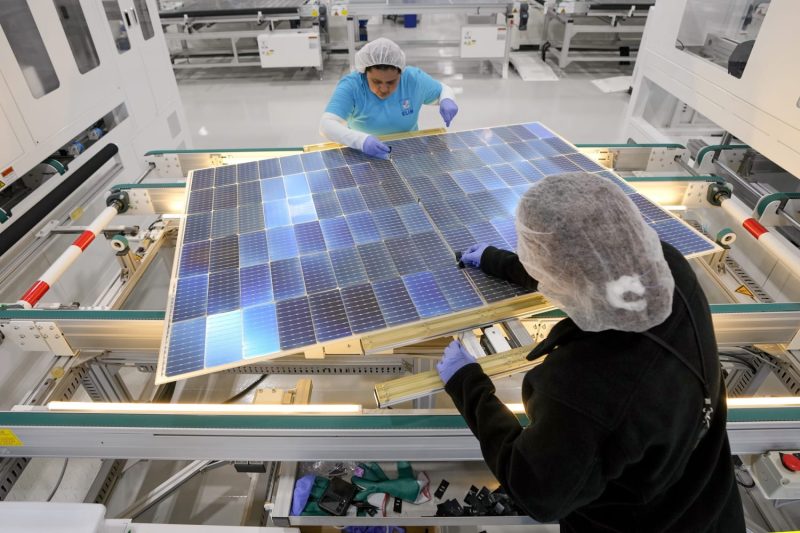The U.S. Labor Market: Embracing the Rise of Skilled Labor
As the dynamics of the U.S. labor market continue to evolve, a discernible shift towards skilled labor is becoming increasingly evident. While traditional white-collar hiring has slowed down, the demand for skilled workers with specialized expertise is on the rise. This paradigm shift is a reflection of changing market needs, technological advancements, and the evolving nature of work in the 21st century.
One of the key drivers behind the shift towards skilled labor is the rapid pace of technological innovation. Automation, artificial intelligence, and digitization have transformed the way work is done across various industries. As a result, employers are seeking workers who possess technical skills, critical thinking abilities, and the flexibility to adapt to rapidly changing environments. This has created a demand for individuals with specialized training in fields such as data analysis, programming, and digital marketing.
Another factor contributing to the rise of skilled labor is the emergence of new industries and job roles. The gig economy, freelance marketplaces, and remote work opportunities have given rise to a new breed of workers who offer specialized services on a project basis. This shift towards a more flexible and decentralized workforce has created opportunities for individuals to leverage their unique skills and expertise in a way that was not possible in the past.
Furthermore, the increasing complexity of global supply chains and the growing emphasis on innovation have also fueled the demand for skilled labor. Companies are looking for employees who can contribute towards problem-solving, product development, and process improvement initiatives. This has led to a growing need for individuals with expertise in areas such as logistics, engineering, and research and development.
The shift towards skilled labor is also reshaping the educational landscape in the U.S. Universities and vocational institutions are adapting their curricula to provide students with the technical skills and hands-on experience needed to succeed in the modern workforce. Internship programs, apprenticeships, and industry partnerships are becoming more prevalent as educators and employers work together to bridge the skills gap and ensure a smooth transition from education to employment.
In conclusion, the U.S. labor market is undergoing a fundamental transformation as the demand for skilled labor continues to grow. This shift towards specialized expertise and technical proficiency is a response to the changing nature of work, technological advancements, and evolving market needs. As we move towards a more digital and interconnected economy, the ability to offer unique skills and capabilities will be a key differentiator for job seekers looking to thrive in this new era of work.
